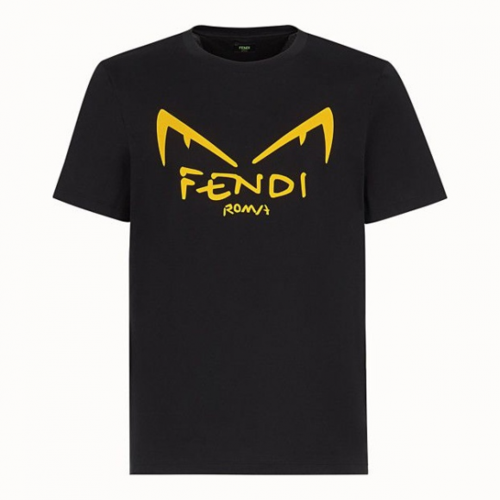Cold jacket fabric is an important consideration when choosing warmth and comfort. Below I’ll break down the pros and cons of three common cold-weather outerwear fabrics—wool, cashmere, and down.
1. Woolen fabric:
Woolen fabric is famous for its softness and warmth. The fabric, usually made of wool or cashmere, has a dense fiber structure and a delicate touch that protects the body well from cold air.
Advantages:
– Excellent thermal insulation performance: Woolen fabric has good thermal insulation properties and can effectively block the entry of cold air.
– Anti-wrinkle and wear-resistant: Due to its tight fiber structure, woolen fabrics are not prone to wrinkles and are relatively resistant to wear and tear.
Disadvantages:
-Easy to pilling: Prolonged wearing and friction will cause woolen wool to pill, affecting the appearance of the coat.
– Not suitable for humid environments: Woolen fabrics may absorb moisture, and when the fabric is wet, its thermal insulation effect will be greatly reduced.
2. Cashmere fabric:
Cashmere fabric is a high-grade cold-proof jacket fabric, which is extracted from cashmere and has excellent Thermal performance and comfort.
Advantages:
-Excellent warmth retention: Cashmere fabric has a high pore density, allowing it to effectively insulate cold outside air.
– Soft and comfortable: Cashmere fiber is soft and delicate, very comfortable to the touch.
Disadvantages:
– Expensive price: Cashmere fabric is a high-end fabric, so the price is higher, suitable for consumers who pursue high quality and comfort.
– Requires special care: Cashmere fabrics have certain requirements for cleaning and maintenance, and need to be dry-cleaned or hand-washed.
3. Down fabric:
Down fabric is currently one of the most popular fabrics in cold-proof jackets. It is characterized by its lightness, Warm and not easily deformed.
Advantages:
-Excellent warmth retention: With its unique thermal insulation structure, down fabric can store body temperature well and form a warm air layer.
– Lightweight and comfortable: Compared with other fabrics, down fabrics are light and soft, making them comfortable to wear.
– Good breathability: Down fabric has good breathability, allowing the jacket to keep the body warm while keeping the body dry.
Disadvantages:
– Not adaptable to humid environments: Down fabrics easily absorb moisture in humid environments, affecting the warmth retention effect.
– Requires special maintenance: Down fabrics require frequent drying and regular saturation washing to maintain their warmth and fineness.
– Drawn phenomenon: Down fabrics may have lint shedding or pom-poms, but with correct care, this problem can be effectively reduced.
To sum up, woolen, cashmere and down fabrics each have their own advantages and disadvantages. Woolen fabrics are suitable for warmth, but you need to pay attention to pilling and are not suitable for humid environments; cashmere fabrics have excellent warmth and comfort, but are more expensive and require special care; down fabrics are light, warm and adaptable, but require special maintenance and sensitivity to moisture. Choosing the right outerwear fabric based on your personal needs and expected environment of use is key to ensuring warmth and comfort.








